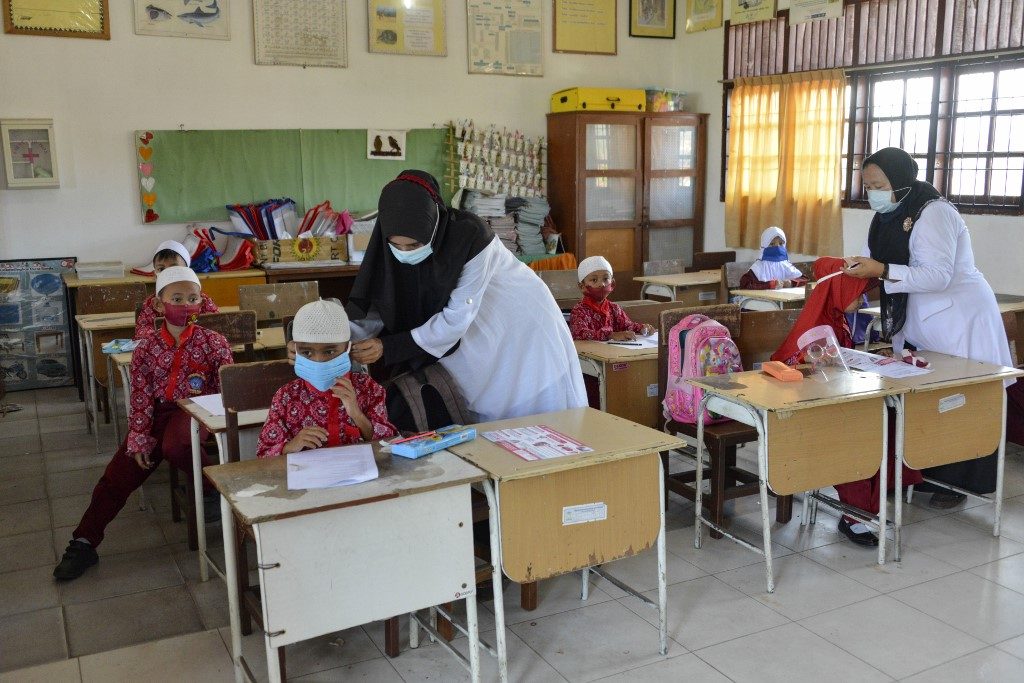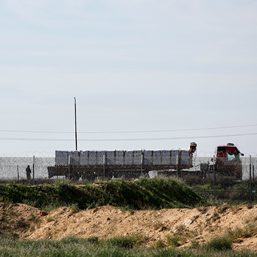SUMMARY
This is AI generated summarization, which may have errors. For context, always refer to the full article.

The World Health Organization on Wednesday, December 2, recommended wearing face masks when indoors with other people, if the ventilation has been deemed inadequate, in an update to its COVID-19 guidance on masks.
The new recommendations apply in areas of known or suspected cluster or community transmission of the new coronavirus.
“WHO advises that the general public should wear a non-medical mask in indoor (eg shops, shared workplaces, schools) or outdoor settings where physical distancing of at least one meter cannot be maintained,” the new guidance says.
“If indoors, unless ventilation has been assessed to be adequate, WHO advises that the general public should wear a non-medical mask, regardless of whether physical distancing of at least one meter can be maintained.”
The UN health agency also urged people not to wear masks during vigorous physical activity, and not to use masks with valves, saying they bypassed the filtration function of the face mask.
In its fourth update on mask guidance during the pandemic – the last was in August – the WHO called for wider use in healthcare settings, especially in areas plagued by infection clusters or community transmission.
In such cases, the WHO recommended “universal masking for all persons (staff, patients, visitors, service providers and others) within the health facility (including primary, secondary and tertiary care levels; outpatient care; and long-term care facilities)”
It also called for the wearing of masks by inpatients when physical distancing of at least one meter cannot be maintained or when patients were outside of their care areas.
More generally, the WHO continued to advise anyone suspected of having COVID-19 or awaiting test results to wear a medical mask when around others.
As for face shields, WHO said they “provide a level of eye protection only and should not be considered as an equivalent to masks” when it came to protection against respiratory droplets.
The organization said however that if masks were not available, or if people had difficulty wearing a non-medical mask – for example people with cognitive, respiratory or hearing impairments – then face shields may be considered as an alternative.
“If face shields are to be used, ensure proper design to cover the sides of the face and below the chin,” the guidance said. – Rappler.com
Add a comment
How does this make you feel?
![[OPINION] A comprehensive global health network must include Taiwan](https://www.rappler.com/tachyon/2024/06/global-health-network-taiwan-june-7-2024.jpg?resize=257%2C257&crop_strategy=attention)



There are no comments yet. Add your comment to start the conversation.